Norrith Sign Language
Syntax
Sign Order
The sign order in NSL can be boiled down to TIME SUBJECT NEGATION VERB W-QUESTION. To break this down into parts:1. Time
Time is somewhat comparable to tense in spoken languages, though not quite; it is a single sign or multiple signs describing the time that a sentence is occuring. This could include typical past/future signs (the present is indicated by the lack of a time sign), as well as more specific signs such as TOMORROW or AFTER LUNCH.2. Subject
The subject is the primary topic of a sentence, or sometimes the only topic if an object is not used. The subject can be nearly anything, but is typically a noun. The subject is not required if the signer is referring to themself, but can be used for emphasis.3. Negation
Negation is an optional sign that can be added at the beginning of a sentence to negate that sentence. It can precede an entire sentence, or it can precede a clause or even a single part of a sentence, such as the verb. However, it always goes before what it is negating.4. Verb
The verb is the action of the sentence; almost all verb signs in NSL have some amount of movement to them.5. Object
The object is not always required, but is the part of the sentence that is being acted upon.6. W-Question
W-QUESTION described question terms that would start with W, such as WHO, WHY, or WHERE. Non-W question signs, such as the sign for HOW or general questions with "do" are expressed somewhat differently.Alternate Sentence Structures
While this SVO sign order is the most often used, there are also sentences that do not abide by this order. OSV is commonly used, especially in sentences where the object is a bit more important. In addition, OV can be used when the signer of a sentence is also the subject, or when the subject is the same across multiple different sentences.NSL: A Visual Language
The sign order in NSL is a bit more fluid, with these "common" sign order types able to be broken to express concepts in a way that makes more sense visually. In addition to each sign expressing a meaning, signs can interact with one other to form somewhat combined meanings. For example, sentances like "the cat is sitting on the table" can be signed by first using the sign for TABLE, and then continuing to use a part of that sign while signing the next sign, CAT, visually on top of the table. Objects can also be referenced by the sign first being used, and then pointed to.Morphology
Copula
NSL does not have a copula - there is no word for the verb to be. Statements such as "the cat is red" can be expressed in a more direct manner, like signing CAT RED. However, it can also be expressed more visually appealing ways, such as by combining the signs CAT and RED, making the handshape for RED while signing the rest of the aspects of the sign for CAT.Determiners
NSL does not use determiners like a, an, or the. If number is important to the meaning of a sentence, number signs can be used. If a specific noun is being referred to (as in "this cat right here; the cat"), a norrith can simply point, either directly to the object in question, or off to the side to signify a specific noun that is not currently present.Dialects
There are two primary dialects of NSL, spoken by the nightwalker norrith and the snowsunken norrith. There are also a few more minor regional differences between speakers of either dialect. The dialects are moderately mutually intelligible on a basic level, but more complex concepts are much more difficult to convey between the two. The southhunter norrith living in the southern ice caps speak a separate language entirely, which in their language is called Norrith Sign Language, but for purposes of disambiguation is referred outside of their community as South Sign Language (SSL).The Differences of the Dialects
Nightwalker NSL
Nightwalker NSL, or NNSL, is characterised by smaller signs with more movement, held closer to the chest. As the nightwalker norrith spend much of their time hunting in the northern ice caps, their signs need to be less noticeable or disturbing for potential prey, but more distinguishable in the night when they are hunting. As such, many of their signs are compressed to what the other dialect would consider "whispering", so as not to attract attention. In addition, the vast majority of NNSL signs have some amount of movement to them, to make them easier to see in the dark of the night.Snowsunken NSL
Snowsunken NSL, or SNSL, can be characterised by more varied signs with less movement. To them, movement is energy, and energy is food - food that takes precious time to cultivate and grow. Due to this, many of their signs are stationary or require little movement. However, they do tend to be a bit larger, with no concern about other species being alerted to their presence.Vocabulary
Norrith Anatomy & Sign
Because norrith anatomy is so different from that of the other species of Etharai, NSL is incredibly difficult for outsiders to learn and use. As such, when communication is done, it is typically done in the form of written communication in the language of the non-norrith party - as NSL does not have a written form, and can only be signed.

Aspects of a Sign
There are five different aspects of each sign in NSL that are incredibly important to the meaning of the sign. These are handshape, palm orientation, movement, location, and expression. The handshape is the general shape that a hand is held in. This could, for example, be a hand with fingers splayed out away from one another, or held in a cup-like shape - along with many others. The palm orientation is simply the direction that the palms of a given hand are facing: downwards, upwards, towards or away from the torso, towards or away from each other, etc. Movement describes the way that the sign moves as it is signed. Not all signs require movement, but some do. Location is the location where the hands or arms are placed, which can be relative to each other, or the the body. Some signs are more specific on where they need to be located than others - many signs are expressed in front of the upper torso, to remain close to eye level while not obscuring the face for the next element, expression. Many signs require an accompanying facial expression to convey their meaning. This is often not a direct facial expression required for each sign, but rather changes to convey more intricate meanings of signs or even sentences. If no location is signified, assume that it is meant to be signed in front of the upper torso, and if no particular expression is signified, assume that the expression depends on the context of the word being used.Shorthand Signing
Shorthand signing in NSL covers a more casual way of conversation in the language. Typically, this means signs that are expressed with fewer hands than is typically required, as a way of conserving energy and allowing the signs to flow more naturally into one another. A skilled signer can convey their meanings without using all of the hands typically required by a sign by compressing repetitive handshapes onto a singular hand. Motions can be slightly adjusted to flow better into one another, but the general impression of the motion should remain the same.Dictionary
This dictionary does not encompass the entirety of the NSL vocabulary. Rather, it covers some important signs.Click to Expand
| Word/Meaning | NNSL | SNSL |
|---|---|---|
| Snow | Two upper hands held in fists, with both thumbs pointing perpendicular to the ground, palms facing each other. Small circular motions in front of the ches, movement primarily in the wrists. | Two upper hands in fists, with outer thumbs pointing downwards, palms toward each other |
| Walk | Upper hands held flat, palms facing the ground, moving towards the chest; lower hands held flat and facing each other, moving away from the chest, making contact with the upper hands. | Upper hands held with fingers splayed out, palms facing the ground; lower hands flat with palms facing each other, moving away from torso |
| Stop | Upper hands with fingers splayed in front of chest or neck. Palms facing self, spun to face each other and then back to facing self. | Upper hands with fingers splayed in front of self. Palms facing self, spun to face away from self. |
| Not | One hand held in fist with palm facing upwards. Palm moved to face inwards, and then back to facing upwards. Can be repeated for emphasis. | One hand held in fist with palm facing upwards. Hand brought from upper chest area downwards |
| Hunt | One hand held in fist, with both thumbs sticking out. Palm facing chest, hand brought from just below neck to just above stomach, making contact with body. | Upper hands held against chest, fingers splayed. Lower hands held out, palms facing upwards, cupped. Upper hands brought upwards and outwards to meet palms of lower hands, upper hands' palms facing inwards. |
| Love | Upper hands held in fists, palms facing each other, hands touching. Circular motion parallel to gound made with these hands. Lower hands indicate subject and object. | Upper hands held in fists, palms facing each other, hands touching. Lower hands cupped around upper hands. All hands moved in the direction from subject to object. |
| Hurt | One hand shaped into a fist, tightly rotated around the area in question. | Two thumbs and two middle fingers of one hand pinched together, with two outer fingers extended. Center fingers pointing towards or touching area in question. |
| Food | Upper hands' fingers and thumbs held together, palms facing each other, rotated to circle each other one full rotation. | Upper hands' fingers and thumbs held together, touching each side of the mouth. |
| Sleep | One upper hand held flat, palm facing downwards, parallel to chest. Other hand slid across it, palm facing downward, hand held flat, moving away from chest. | All hands pressed together, palms facing inwards. Hands held centered in front of chest. |
| Home | Either pair of hands with fingers splayed out pressed against one another, one palm facing away from torso and other palm facing towards it, palms touching. Hands rotated to reverse palm positions. | Upper left hand and lower left hand held with palms pressed together, parallel to ground. Upper right hand and lower right hand held similarly. |
| Person | Upper hands held with fingers splayed out, palms facing body, wrists crossed. Hands moved into fists. | Four hands held in fists, stacked on top of one another. |
| Grow | Lower hands held in fists, base of palms touching. Fingers moved into an extended position. | Lower hands held with fingers splayed, base of palms touching. Upper hands cupped around wrists of lower hands to form one circle around both wrists. Fingers of lower hands gently wiggled. |
| Parent | Lower hand, fingers flat, touched to opposite upper shoulder. | Lower hand, fingers flat, touched to opposite upper shoulder. |
| Mine (verb) | One upper hand in clawed shape, palm facing down, other upper hand in flat relaxed shape, palm facing up. Wrist of clawed hand moved in and out to mimic digging. | One upper hand in clawed shape, palm facing down, other upper hand in flat relaxed shape, palm facing up. Lower hands' fingers spread with palms facing downwards. |
| Gross | Either pair of hands with fingers extended, palms facing body. Move hands together to form interlocking fingers, remaining straightened, repeating motion twice (or more for emphasis). Disgusted facial expression. | Either pair of hands with fingers extended, palms facing body. Move hands together to form interlocking fingers, remaining straightened. Disgusted facial expression. |
| Eat | Clawed upper hand, palm facing mouth. Fingers moved from claw to fist, repeated twice. | Clawed upper hand, palm facing mouth, fingers touching face. |
| What | One fist held close to upper chest, palm facing downwards. Twist palm towards chest. Furrowed brow. | One fist held in front of upper chest, palm facing chest. Opposite hand held flat, palm against the fingers of the other hand. Furrowed brow. |
| Why | Upper hand held in fist, palm facing body. Tap opposite shoulder twice. Perform motion with lower hand of the same side simultaneously. Furrowed brow. | Upper hand held in fist, palm facing body. Move hand from shoulder to elbow of opposite arm. Furrowed brow. |
| Who | First finger and inner thumb pinched together, palm facing inwards. Tap finger and thumb together twice. Furrowed brow. | First finger and inner thumb pinched together, palm facing inwards. Tap finger and thumb together once. Furrowed brow. |
| When | Hand held with fingers splayed, palm facing away from chest. Twist palm to face self, closing fist simultaneously. Furrowed brow. | Hand held in fist facing upwards. Extend fingers. Furrowed brow. |
| Where | Hand held flat, palm facing inwards. Move palm to face downwards. Furrowed brow. | Hand held flat, palm facing downwards. Furrowed brow. |
| Magic | Hands held in fists, one palm facing upwards and one facing downwards, palms facing each other. Fingers flicked outwards and extended. Motion repeated up to 3 times. | Hands held with fingers splayed. Both pairs of hands held with palms touching, one palm from each pair facing upwards and one palm from each pair facing downwards. |
| Amyth | Upper hands held mostly flat with palms facing each other, inwards. Fingers tapped together twice. | Upper hands held mostly flat with palms facing each other, inwards. Fingers tapped together twice. |
| Thyic | Lower hands held flat, one palm facing upwards. Opposite palm, facing downwards, slid across the length of the other hand. | Lower hands touching opposite elbows. Hands slid along arms until palms clasped. |




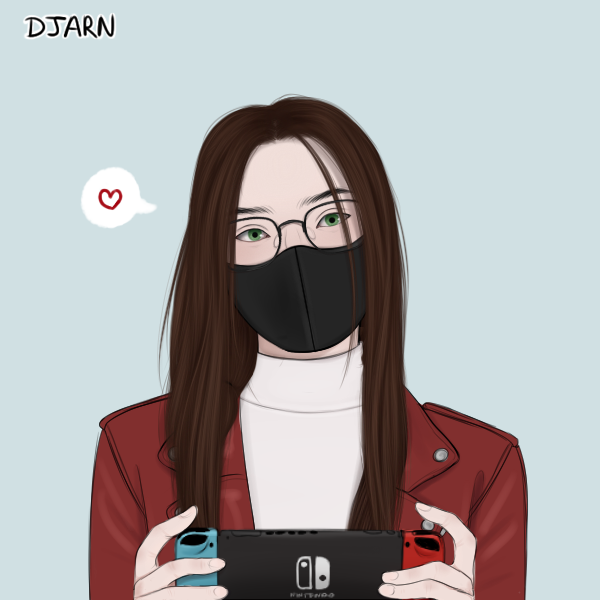

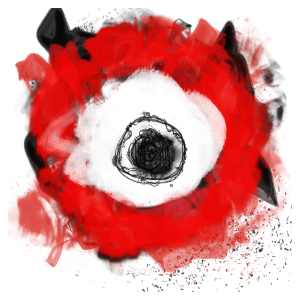
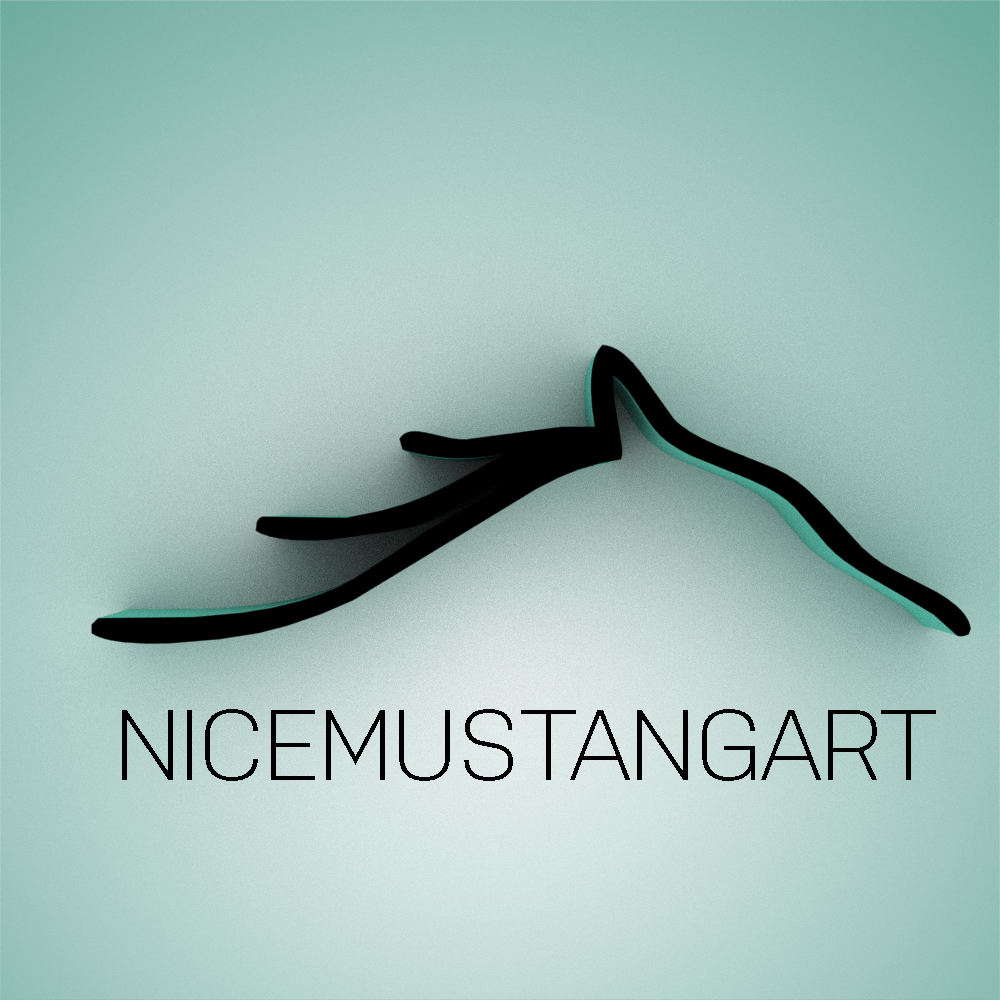
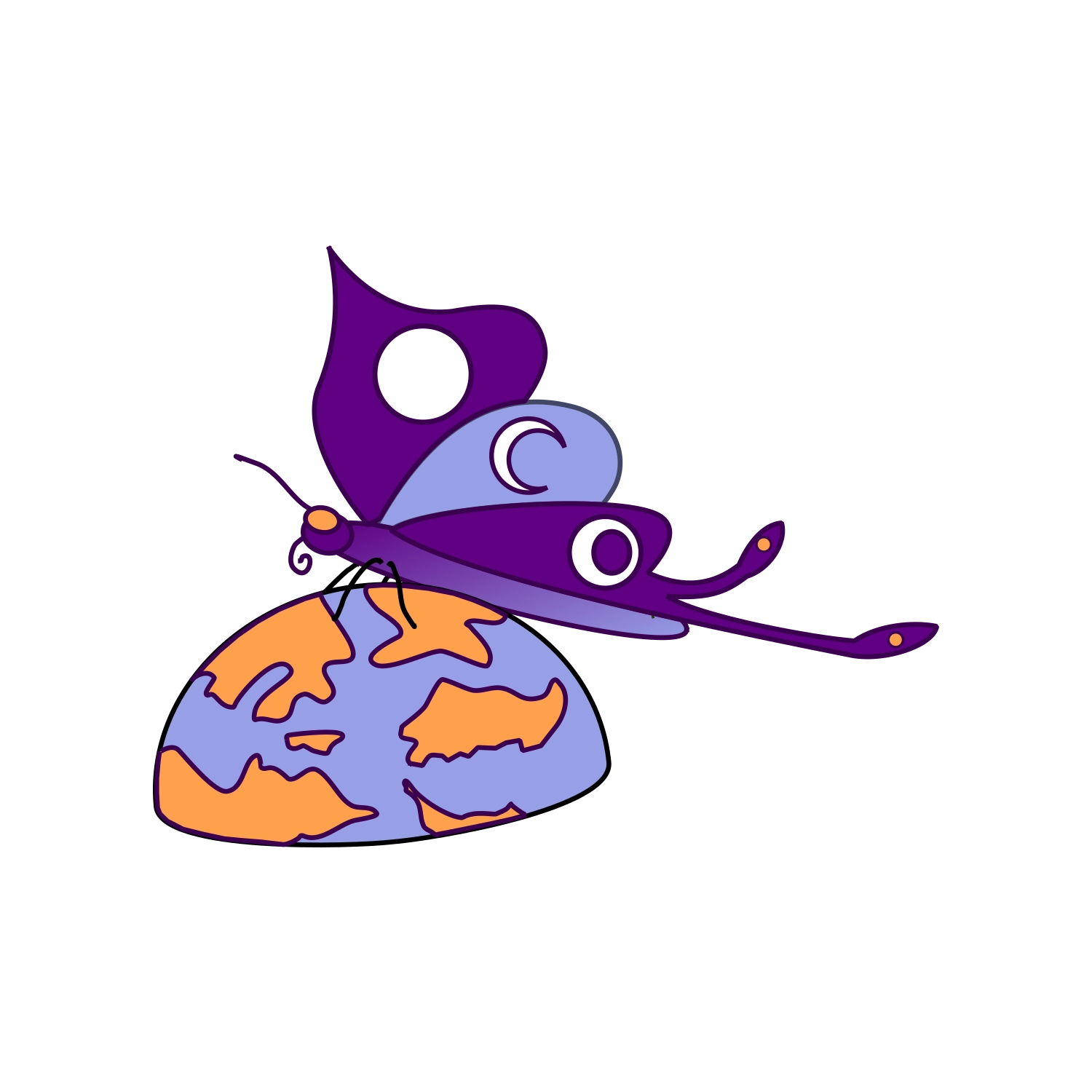

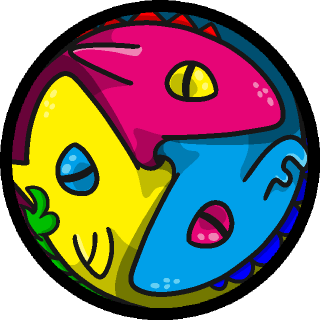
I love this so much. I know a little BSL, but not as much as I would like to. I really like that you have included different dialects and thought so much about how it would work with their anatomy.
Explore Etrea
thank you! i put a lot of effort into this one